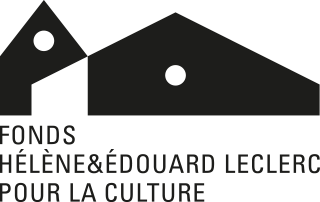- Publié le 20/07/2022
- Par Équipe Médiation
ZOOM SUR...
« Il y a dans le fait même de la détention une atteinte d’ordre ontologique qui dépasse tel ou tel cas particulier et demandait à se fondre, se reconnaître en une seule image à la fois unique et multiple, singulière et universelle. Comme : Voici l’homme, Ecce Homo. Les prisons de Lyon ne sont pas des prisons ordinaires, Klaus Barbie y a sévi, Max Barel y est mort ébouillanté. De nombreux résistants y ont été emprisonnés. Avant que, par la transformation des lieux et le campus, ne s’installe une amnésie collective, j’ai tenté d’y réinscrire par l’image le souvenir singulier de certains, célèbres ou inconnus, qui y ont été incarcérés, torturés, exécutés. Dans différents lieux, couloirs, cellules, inscrire leur image, leur visage ; donner place, entre ces murs, à l’histoire humaine. » Ernest Pignon-Ernest.
“There is in the act of incarceration itself, a violation of ontological nature that went beyond this or that case and demanded to merge, to be seen in one single image both unique and multiple, singular and universal. Like: Behold the man, ecce homo. His open hand is the same as the hand appearing from the sheet/shroud. The prisons in Lyon are not ordinary prisons, Klaus Barbie was incarcerated there, Max Barel died, scalded. Many resistants were imprisoned in it. Before a collective amnesia settles, abated by the transformation of the place and the campus, I tried to rewrite with images the unique memory of some men, celebrated or unknown, who were incarcerated there, tortured, executed. In different places, corridors, cells, to inscribe their image, their face; between those walls, to give a place to human history.” Ernest Pignon-Ernest.
Ecce Homo VII, 2012. Pierre noire, javel et encre sur papier, 110 x 75 cm.
Crédits : © Ernest Pignon-Ernest © Adagp, 2022 © FHEL, 2022
Exposition « Ernest Pignon-Ernest » jusqu’au 15 janvier 2023 au Fonds Hélène & Édouard Leclerc.
Commissariat Jean de Loisy
S'ABONNER AUX NOUVELLES DU FONDS
FHEL
POUR LA CULTURE
AUX CAPUCINS
29800 LANDERNEAU (FRANCE)
02 29 62 47 78





